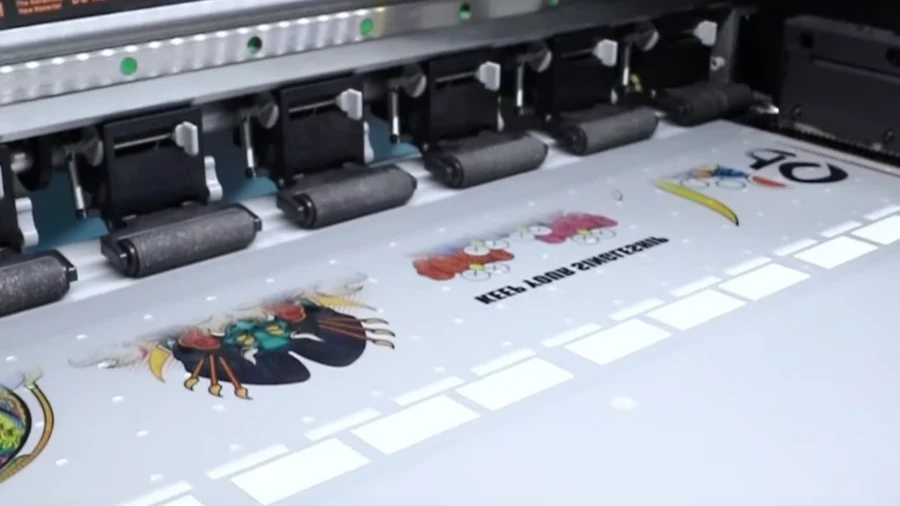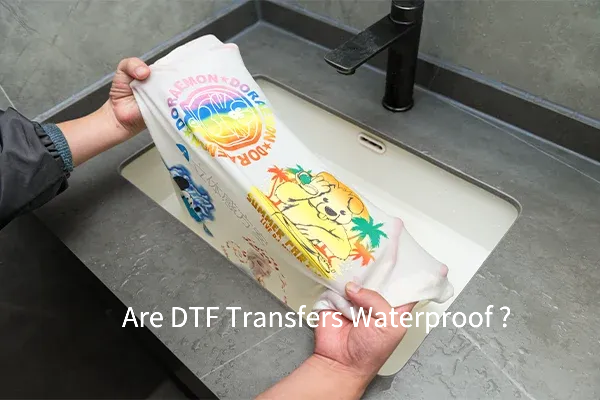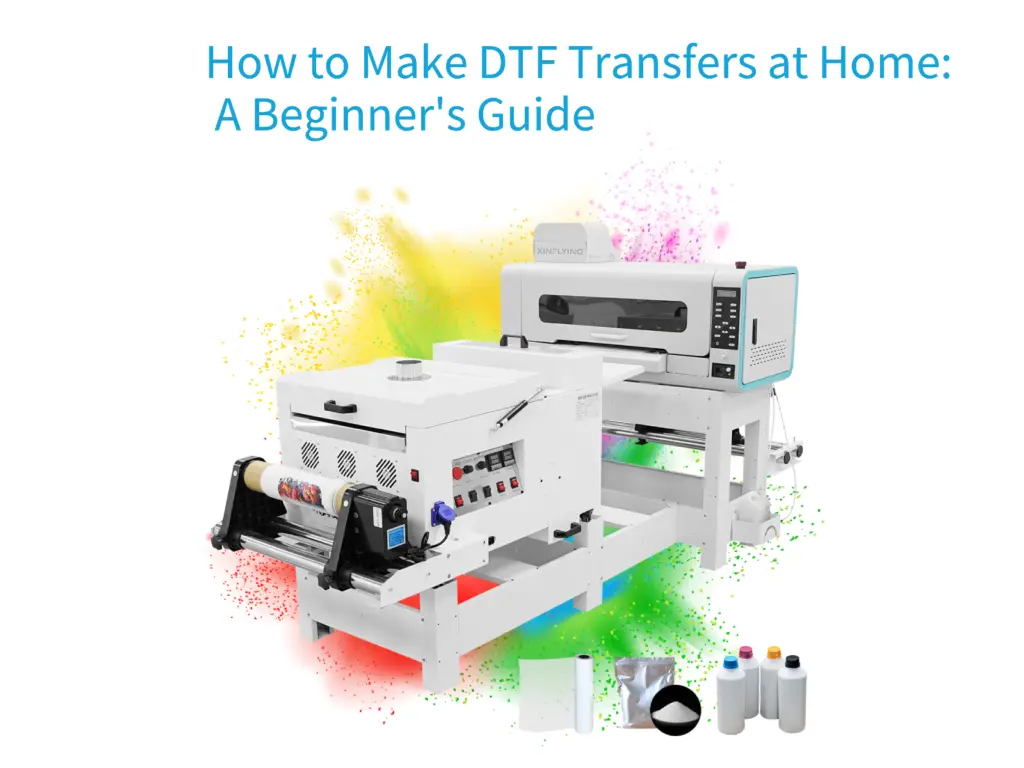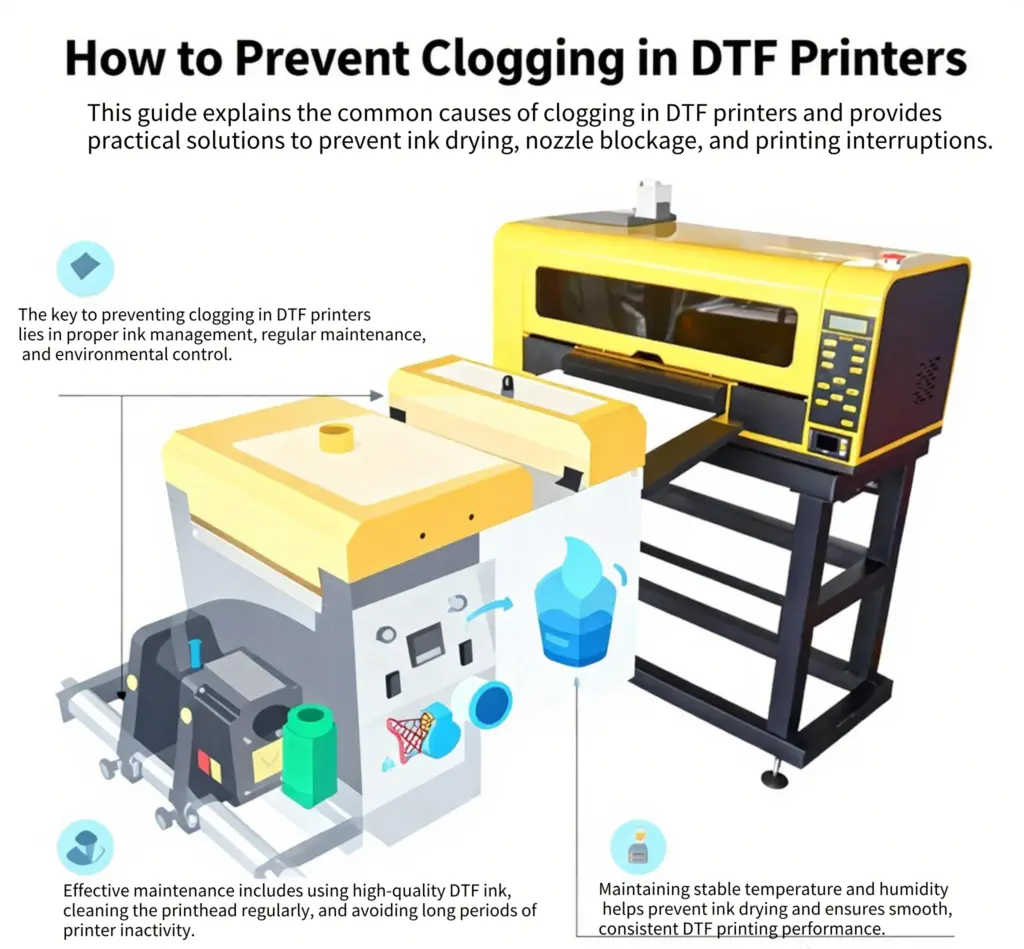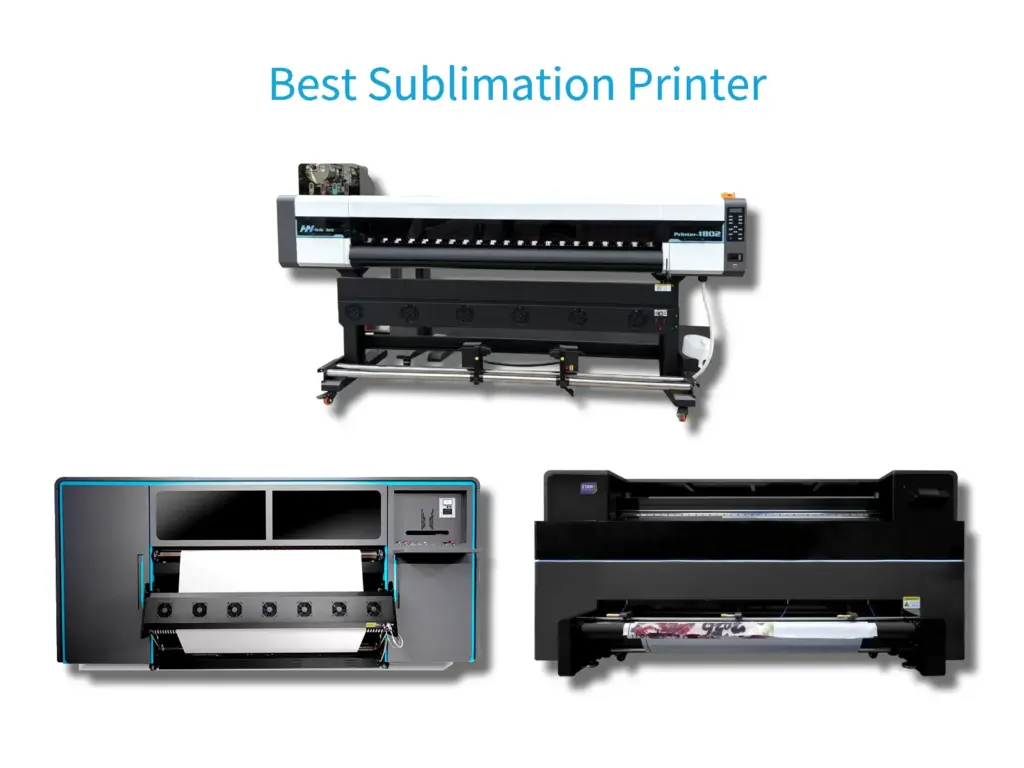Also, Sie sind neugierig auf den DTF-Druck und wissen, was es für den Einstieg braucht? Hier sind Sie richtig! Direkt zum Film (DTF) Drucken ist ein Game-Changer in der Welt der individuellen Drucke, Bietet Vielseitigkeit und atemberaubende Ergebnisse auf verschiedenen Stoffen. Aber was genau brauchen Sie, um in den DTF-Druckprozess einzutauchen?? Lassen Sie es uns Schritt für Schritt aufschlüsseln.
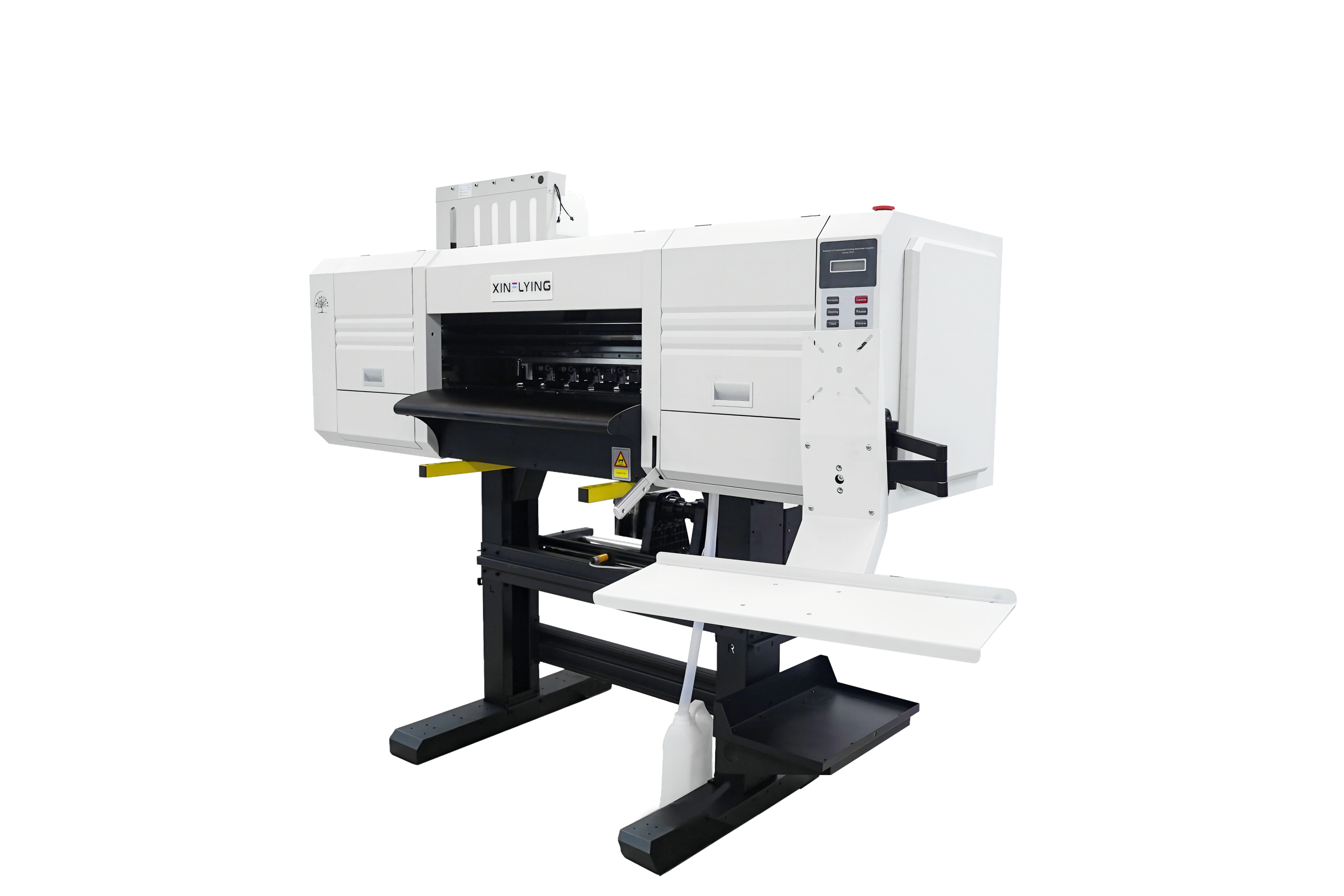
DTF-Drucker
Das Wichtigste zuerst, Du brauchst ein hochwertiger DTF-Drucker. Dieser Spezialdrucker ist für die besonderen Anforderungen des DTF-Drucks konzipiert, wie zum Beispiel das Drucken auf Folie anstelle von herkömmlichem Stoff. Bei der Auswahl eines DTF -Druckers, Suchen Sie nach Funktionen wie hoher Auflösung, lebendige Farbausgabe, und Kompatibilität mit verschiedenen Tintentypen. Ein guter Drucker ist der Grundstein für die Produktion gestochen scharfer Bilder, detaillierte Bilder, die auffallen.

DTF-Film
Als nächstes kommt das DTF-Film, eine entscheidende Komponente in diesem Druckprozess. Die Folie fungiert als Träger für Ihr Design, welches schließlich auf den Stoff übertragen wird. Stellen Sie sicher, dass Sie eine hochwertige DTF-Folie verwenden, die der Hitze und dem Druck des Übertragungsprozesses standhält, ohne sich zu verschlechtern. Dadurch wird sichergestellt, dass Ihre Designs klar und deutlich bleiben, wenn sie auf das Endprodukt angewendet werden.
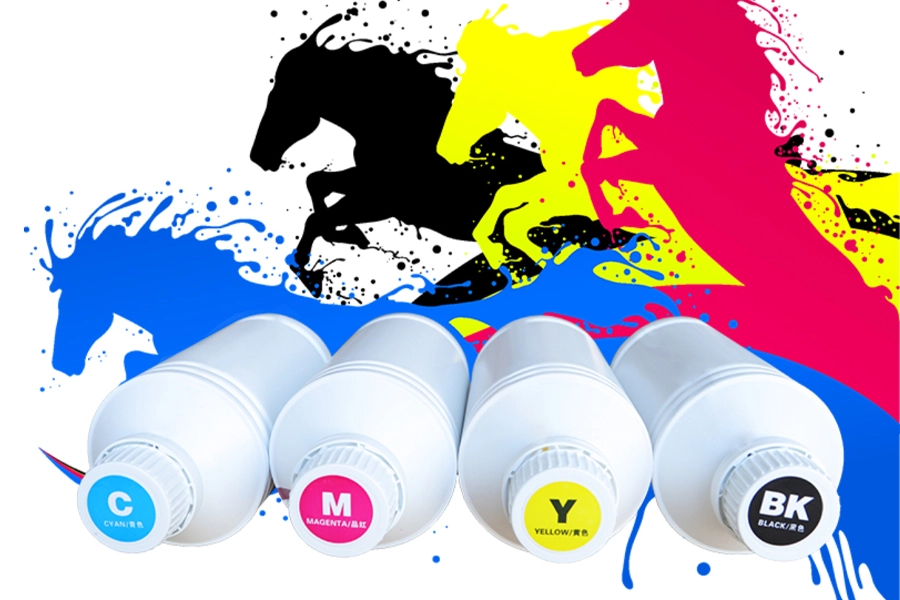
DTF-Tinte
In der Tinte geschieht die Magie. DTF-Tinte ist speziell für die Haftung auf der Folie und anschließend auf dem Stoff entwickelt. Sie benötigen einen Satz CMYK-Tinten, und oft weiße Tinte, lebendig zu gestalten, Vollfarbdrucke. Die Qualität Ihrer Tinte kann über Erfolg oder Misserfolg Ihrer Designs entscheiden, Investieren Sie also in seriöse Marken, die Beständigkeit und Haltbarkeit bieten.
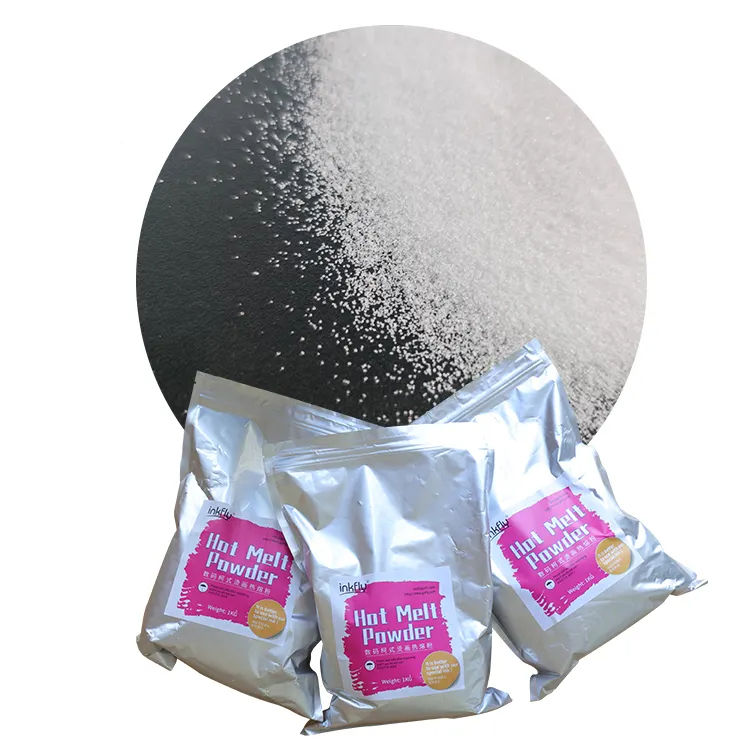
DTF-Schmelzschmelzpulver
DTF-Schmelzschmelzpulver ist die geheime Soße, die dafür sorgt, dass Ihre Drucke am Stoff haften. Nachdem Sie Ihr Design auf die Folie gedruckt haben, Sie streuen dieses Pulver über die nasse Tinte. Das DTF-Pulver schmilzt während des Heißpressvorgangs, Bindung der Tinte an den Stoff. Es ist wichtig, hochwertiges Pulver zu verwenden, um Probleme wie schlechte Haftung oder eine raue Textur auf dem endgültigen Druck zu vermeiden.
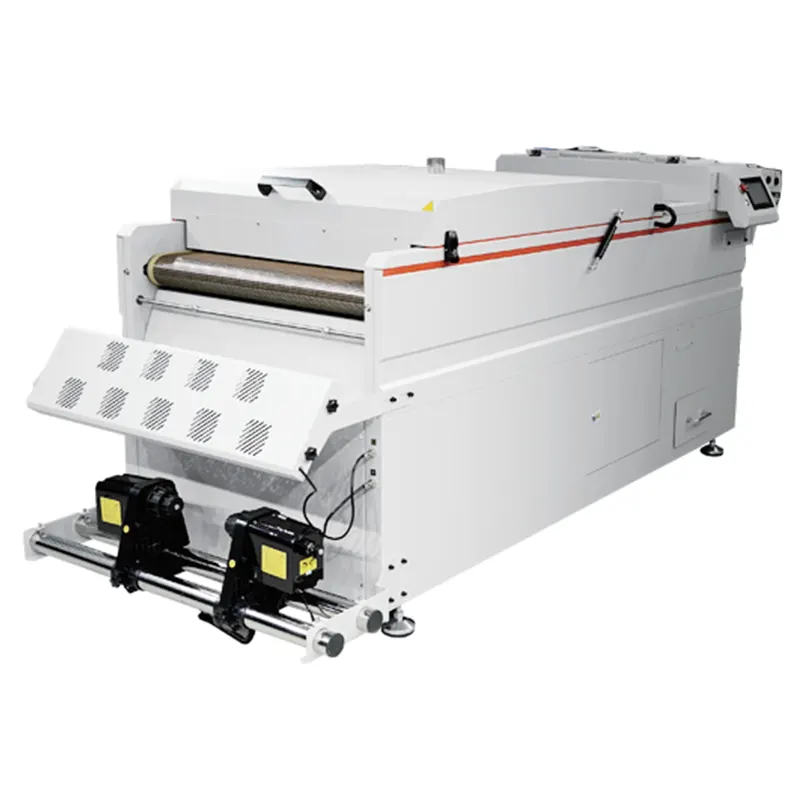
DTF-Pulverschüttelmaschine
Für diejenigen, die ihren Betrieb vergrößern möchten, Eine DTF-Pulverschüttelmaschine ist ein Muss. Diese Maschine automatisiert den Vorgang des Auftragens und Abschüttelns von überschüssigem Puder, sorgt für eine gleichmäßige Abdeckung und spart Ihnen Zeit. Es ist eine lohnende Investition, wenn Sie größere Druckmengen verarbeiten und Konsistenz und Effizienz aufrechterhalten möchten.
Heißpressmaschine
Eine Transferpresse ist das letzte Puzzleteil. Anschließend wird Ihr Design auf die Folie gedruckt und mit Heißschmelzpulver beschichtet, Sie übertragen es mit einer Heißpresse auf den Stoff. Die Maschine übt die nötige Hitze und den nötigen Druck aus, um Tinte und Pulver dauerhaft mit dem Stoff zu verbinden. Wählen Sie eine Wärmepresse, die eine präzise Temperatur- und Druckkontrolle ermöglicht, um die besten Ergebnisse zu erzielen.
RIP-Software
RUHE IN FRIEDEN (Rasterbildprozessor) Software ist für die Verwaltung und Optimierung Ihrer Druckdateien unerlässlich. Diese Software übersetzt Ihr Design in ein Format, das der Drucker verstehen kann, Gewährleistung einer präzisen Farbwiedergabe und einer effizienten Nutzung der Tinte. Außerdem können Sie Einstellungen wie Farbprofile und Druckqualität anpassen, Dadurch haben Sie eine bessere Kontrolle über die endgültige Ausgabe.

Schritt-für-Schritt-Anleitung für den DTF-Druckprozess
Jetzt haben wir alle Komponenten, Lassen Sie uns den DTF-Prozess Schritt für Schritt durchgehen:
- Designerstellung: Beginnen Sie mit der Gestaltung Ihres Kunstwerks mithilfe einer Grafikdesign-Software. Stellen Sie sicher, dass Ihr Design zu den Abmessungen Ihres DTF-Films passt.
- Druck auf Film: Laden Sie Ihren hochwertigen DTF-Drucker mit DTF-Folie und drucken Sie Ihr Design. Stellen Sie sicher, dass Sie eine Schicht weiße Tinte auftragen, wenn Ihr Design dies erfordert.
- Tragen Sie Hotmelt-Pulver auf: Solange die Tinte noch feucht ist, Streuen Sie DTF-Schmelzschmelzpulver gleichmäßig über das Design. Verwenden Sie, falls verfügbar, eine DTF-Pulverschüttelmaschine für eine gleichmäßige Abdeckung.
- Härten Sie das Pulver aus: Heizen Sie Ihre Heißpresse auf etwa 160 °C vor (320° F) und lassen Sie es über die Folie schweben, um das Pulver auszuhärten, ohne es zu drücken. Dadurch wird sichergestellt, dass das Pulver schmilzt und an der Tinte haftet.
- Wärmeübertragung: Legen Sie den ausgehärteten Film auf Ihren Stoff, Anschließend mit der Heißpresse bei ca. 160°C pressen (320° F) für 15-20 Sekunden. Üben Sie festen Druck aus, um eine ordnungsgemäße Haftung sicherzustellen.
- Schälen und fertigstellen: Lassen Sie den Stoff abkühlen, Ziehen Sie dann die Folie vorsichtig ab. Ihr Design sollte nun schön auf den Stoff übertragen werden.
Abschluss
Der Einstieg in die Welt des DTF-Drucks mag zunächst entmutigend erscheinen, aber mit der richtigen Ausrüstung und etwas Übung, Sie werden in kürzester Zeit Drucke in professioneller Qualität erstellen. Von einem hochwertigen DTF-Drucker bis hin zur überaus wichtigen DTF-Pulverschüttelmaschine, Jede Komponente spielt eine entscheidende Rolle im DTF-Druckprozess. Viel Spaß beim Drucken!
FAQs zum DTF-Druck
1. Welche Stoffarten kann ich beim DTF-Druck verwenden??
Der DTF-Druck ist äußerst vielseitig und eignet sich für eine Vielzahl von Stoffen, einschließlich Baumwolle, Polyester, und Mischungen.
2. Wie verbessert die DTF-Pulverschüttelmaschine den Druckprozess??
Die DTF-Pulverschüttelmaschine sorgt für einen gleichmäßigen Auftrag von Hotmelt-Pulver, Sparen Sie Zeit und verbessern Sie die Konsistenz Ihrer Ausdrucke.
3. Kann ich mit meinem DTF-Drucker normale Tinte verwenden??
NEIN, Sie benötigen spezielle DTF-Tinten, die so formuliert sind, dass sie mit der Folie funktionieren und gut auf Stoffen haften.
4. Was ist der Zweck der RIP-Software beim DTF-Druck??
RIP-Software optimiert Ihre Druckdateien, Gewährleistung einer präzisen Farbwiedergabe und eines effizienten Tintenverbrauchs, Dies führt zu qualitativ hochwertigeren Drucken.
5. Ist der DTF-Druck für kleine Unternehmen geeignet??
Absolut! Der DTF-Druck eignet sich aufgrund seiner Vielseitigkeit perfekt für kleine und mittlere Unternehmen, Benutzerfreundlichkeit, und die Fähigkeit, hochwertige Drucke auf Abruf zu produzieren.

